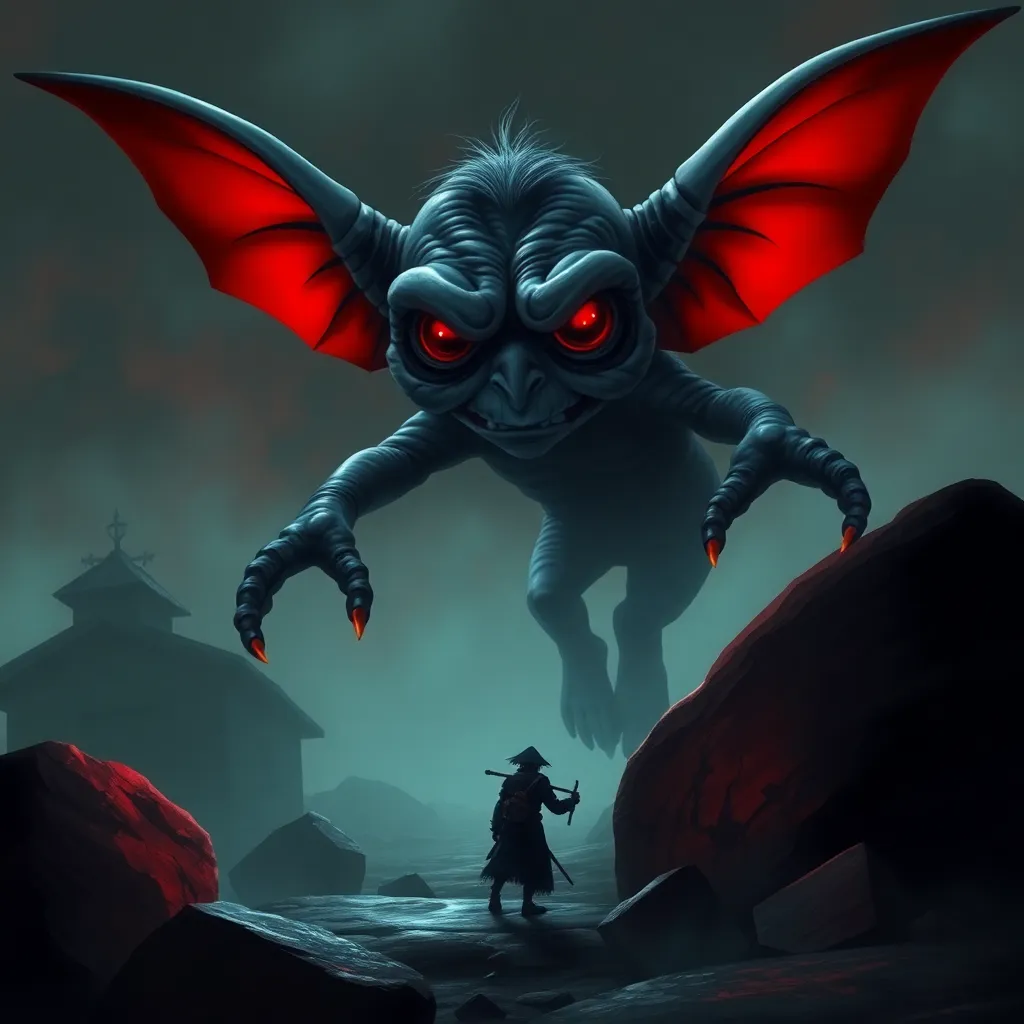The Yōkai Fox: Understanding the Kitsune in Japanese Folklore and Culture
I. Introduction to Kitsune
The Kitsune, or fox, holds a significant place in Japanese folklore, embodying a rich tapestry of cultural beliefs and mythological narratives. Traditionally viewed as a creature of great wisdom and mystical powers, the Kitsune represents both benevolent and malevolent aspects, making it a multifaceted symbol in Japanese culture. This article aims to delve into the historical and cultural significance of the Kitsune, exploring its origins, types, and representations in various forms of art and modern media.
II. The Mythological Origins of Kitsune
The Kitsune has deep roots in Japanese mythology, with historical references found in ancient texts such as the “Nihon Shoki” (Chronicles of Japan) and “Konjaku Monogatari” (Tales of Times Now Past). These texts illustrate the Kitsune’s transformation from a mere animal to a revered supernatural being.
Over the centuries, the Kitsune myth has evolved significantly. Initially, foxes were seen as mere animals, but as Buddhism and indigenous Shinto beliefs intertwined, their status elevated. The Kitsune began to be viewed as messengers of Inari, the deity of rice and agriculture, further solidifying its importance in both spiritual and agricultural contexts.
III. Types of Kitsune
Kitsune can be broadly categorized into two main types: Shōkyo and Yōkai. Shōkyo refers to ordinary foxes, while Yōkai represents supernatural foxes endowed with magical abilities.
- Shōkyo: These are common foxes that may not possess supernatural traits but are often imbued with cultural significance.
- Yōkai: These foxes are depicted with various powers, including shapeshifting, illusion, and even the ability to possess humans.
Among the Yōkai, there are distinctions based on their association with Inari. The Inari Kitsune, often seen as the deity’s messengers, are typically benevolent and serve to protect and guide. Other types of Kitsune, however, may embody more mischievous or malevolent traits.
The number of tails a Kitsune possesses is also significant, symbolizing its power and age. A Kitsune with one tail is young, while those with nine tails are considered ancient and immensely powerful.
IV. Kitsune in Shinto and Buddhism
In Shinto, the Kitsune plays a crucial role as a messenger of Inari. Temples dedicated to Inari often feature fox statues, and rituals conducted there frequently invoke the protection of these mystical foxes. The Kitsune is believed to bestow blessings on the harvest and protect the community from misfortune.
In Buddhism, the Kitsune is sometimes depicted as a trickster, representing the duality of nature. This portrayal reflects the belief that all beings possess both wisdom and folly, reinforcing the idea of balance within the universe.
V. Kitsune in Japanese Literature and Art
The Kitsune has been a prominent figure in Japanese literature and art for centuries. Classical literature and poetry have celebrated its cunning and magical abilities, often portraying it as both a lover and a trickster. Famous works such as “The Tale of the Bamboo Cutter” and “Tamamo-no-Mae” illustrate the complex relationship between humans and Kitsune.
In the realm of visual arts, the Ukiyo-e woodblock prints of the Edo period often depicted Kitsune in various forms, showcasing its beauty and mystique. Contemporary artists continue to draw inspiration from the Kitsune, integrating its imagery into modern graphic novels and illustrations.
VI. Kitsune in Modern Popular Culture
In recent years, the Kitsune has gained prominence in modern popular culture, especially in manga, anime, and video games. Characters embodying Kitsune traits appear frequently, reflecting the creature’s adaptability and enduring appeal.
- Manga: Titles like “Naruto” feature Kitsune characters that embody both heroism and mischief.
- Anime: Series such as “InuYasha” and “Kamisama Kiss” showcase Kitsune as pivotal characters, often involved in love stories or adventures.
- Video Games: Games like “Okami” and “Nioh” highlight the Kitsune’s role in Japanese mythology, immersing players in rich cultural narratives.
The global influence of the Kitsune is evident as it transcends cultural boundaries, appearing in various forms of storytelling worldwide.
VII. Cultural Symbolism and Interpretation
The Kitsune serves as a powerful symbol of transformation and duality within Japanese culture. Its ability to shapeshift embodies the idea of change and adaptability, resonating deeply with themes of personal growth and evolution.
Moreover, the Kitsune’s portrayal encompasses both benevolent and malevolent traits. While many Kitsune serve as protectors and bringers of good fortune, others are depicted as tricksters who can lead humans astray. This duality reflects the complexities of human nature and the balance between good and evil.
VIII. Conclusion
The Kitsune remains an integral part of Japanese culture, weaving through folklore, religion, and modern media. Its rich history and multifaceted nature highlight the creature’s significance as a symbol of transformation, duality, and the interconnectedness of life.
As we reflect on the enduring legacy of the Kitsune, it is clear that this mythical fox will continue to inspire and captivate future generations, embodying the timeless themes of change and the intricate dance between light and shadow.



